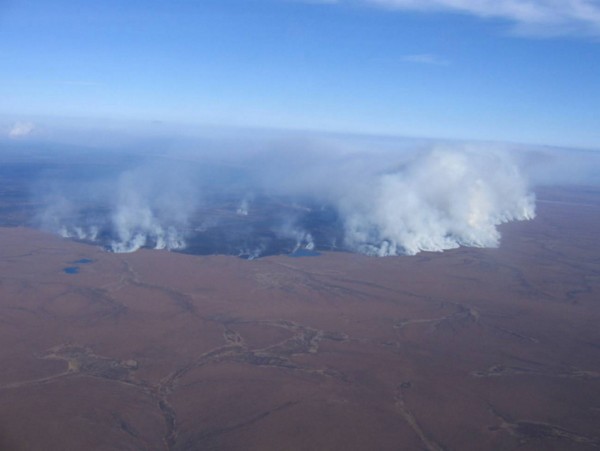Wildfire on Arctic tundra can cause permafrost melt from the top down, contributing to landscape slumping, known as thermokarst. The U.S. Geological Survey study used airborne technology called LIDAR to collect billions of data points on the landscape surface. The remote sensing equipment uses lasers to build topographical maps.
USGS geographer Ben Jones led the field work. The study looked at the area burned by the Anatuvik River fire in 2007 that burned 400 square miles. Jones says they didn’t study the entire area, but found measurable differences between the studies conducted in the years after the fire.
Ben Jones is a research geographer with the USGS. The study was published in the latest online edition of Scientific Reports.

Lori Townsend is the news director and senior host for Alaska Public Media. You can send her news tips and program ideas for Talk of Alaska and Alaska Insight at ltownsend@alaskapublic.org or call 907-550-8452.





